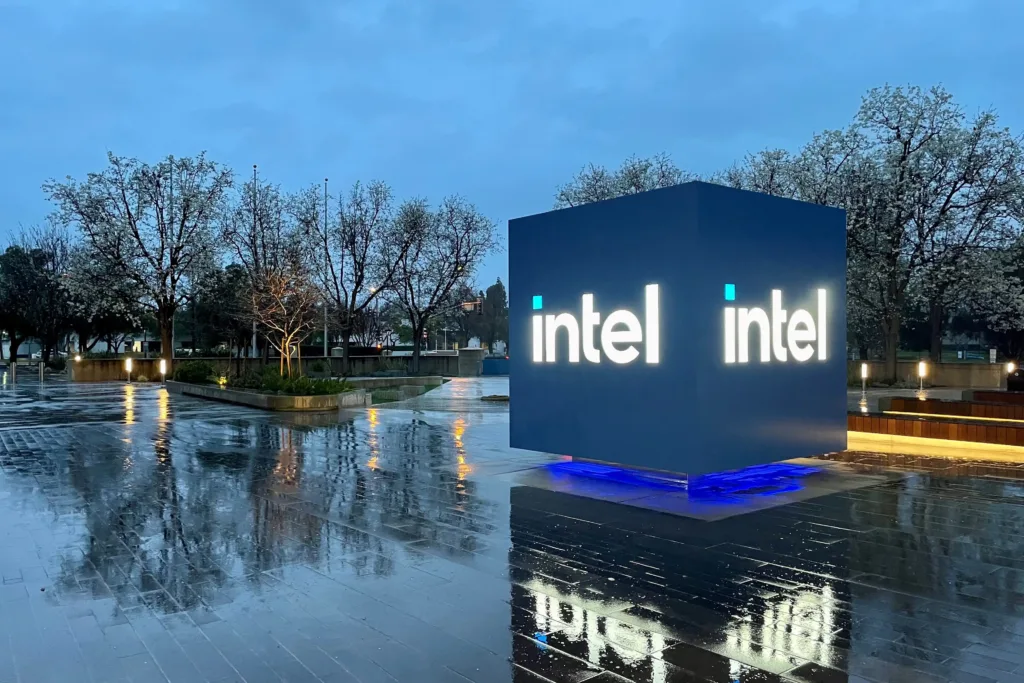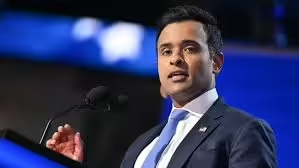
Mass Layoffs Announced
Intel has announced the termination of over 2,000 employees across various states in the U.S., marking a significant shift in its business strategy. This decision follows a previous announcement in August regarding mass layoffs aimed at addressing financial challenges and increasing competition within the semiconductor industry.
Impact on Oregon and Other States
The layoffs will have a pronounced impact in Oregon, where Intel is the second-largest private employer. Approximately 1,300 positions will be cut in key facilities located in Aloha and Hillsboro, which are crucial to Intel’s U.S. operations. Other affected states include Arizona with 385 job cuts, California with 319, and Texas with 251. Many employees have taken to social media to express their sentiments about the layoffs.

Employee Reactions
One Intel employee shared their experience on X, stating, “Another restructure, another round of layoffs. This time it’s my turn to say goodbye. I’m proud of everything we accomplished at Intel.” This sentiment reflects the challenges faced by many in the tech industry during this transitional period.
Layoff Details and Transition Support
Affected employees will receive either a 60-day notice or a four-week notice, along with additional pay and benefits to assist in their transition. The layoffs are scheduled to begin on November 15, 2024, as part of a larger initiative by CEO Pat Gelsinger to eliminate over 15,000 jobs globally, aiming to cut operating costs by $10 billion.
CEO’s Vision for Intel
In a letter to employees, Gelsinger emphasized the urgency of executing the company’s strategic plan, stating, “We need to fight for every inch and execute better than ever before.” This plan is designed to transform Intel into a “leaner, simpler, and more agile company” to ensure long-term sustainability amid fierce competition from rivals like AMD and Nvidia.
Operational Changes
In addition to job cuts, Intel is also delaying the opening of new facilities outside the U.S. and reorganizing its contract chip manufacturing division. These changes indicate a significant shift in the company’s operational focus, aiming to streamline costs and enhance competitiveness in a challenging market landscape.
Conclusion
As Intel navigates these challenging times, the company is making tough decisions to ensure its future viability in a rapidly evolving industry. The recent layoffs and strategic realignments reflect a broader effort to adapt to market conditions while maintaining profitability.


